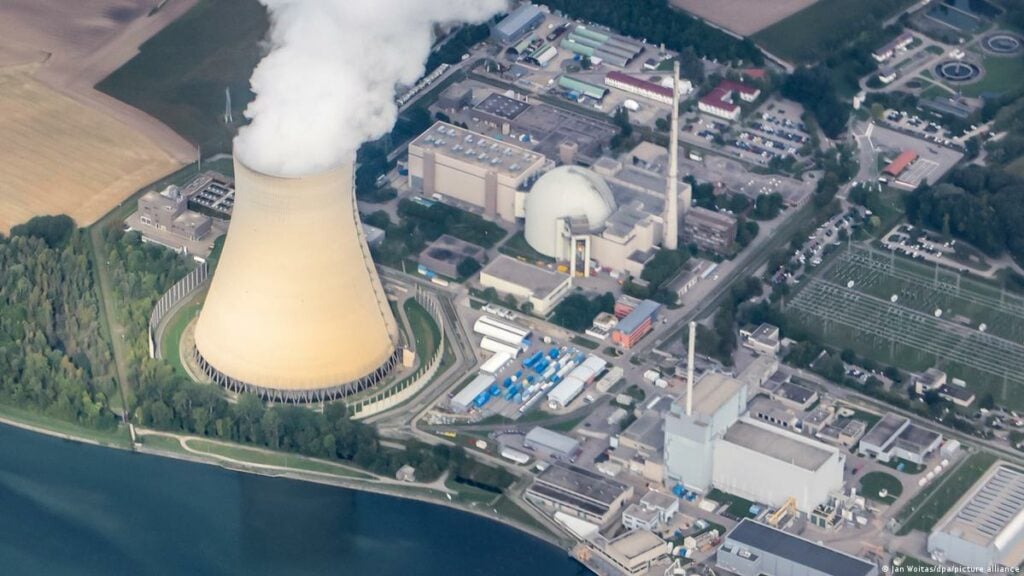Nuclear energy generates efficient and dependable electricity all over the world. Today, over 400 commercial reactors are in operation in over 30 countries. But do you know how nuclear energy works?
A nuclear power plant’s radiation does not generate electricity. It converts water into steam, which drives a turbine, which generates electricity.
The Nuclear Energy
Nuclear energy is energy emitted by the nucleus, the core of an atom composed of protons and neutrons. This type of energy can be generated in two ways: fission. It is when atom nuclei split into several parts. Or fusion, when nuclei fuse.
Nuclear fission is the type of nuclear energy used to generate electricity worldwide today, while fusion technology is still developing. (Source: International Atomic Energy Agency)
The Nuclear Fission
Nuclear fission is a reaction in which an atom’s nucleus splits into two or smaller nuclei while emitting energy.
When hit by a neutron, the nucleus of an atom of uranium-235, for example, splits into two smaller nuclei, such as a barium nucleus and a krypton nucleus, as well as two or three neutrons. These extra neutrons will collide with other nearby uranium-235 atoms, splitting and producing additional neutrons in a multiplying effect, resulting in a chain reaction in a fraction of a second.
Every time the reaction occurs, energy is released in the form of heat and radiation. In a nuclear power plant, the heat can be converted into electricity in the same way that heat from fossil fuels such as coal, gas, and oil is used to generate electricity. (Source: International Atomic Energy Agency)
Disposal of Nuclear Waste
Uranium is a metal that occurs naturally in rocks all over the world. Uranium contains several naturally occurring isotopes, which are forms of an element that differ in mass and physical properties but share chemical properties. Uranium is made up of two isotopes: uranium-238 and uranium-235. Uranium-238 makes up the majority of the world’s uranium but cannot produce a fission chain reaction, whereas uranium-235 can produce energy through fission but accounts for less than 1% of the world’s uranium.
To make natural uranium more likely to fission, the amount of uranium-235 in a given sample must be increased through a process known as uranium enrichment. Once enriched, uranium can be used effectively as nuclear fuel in power plants for three to five years before it becomes radioactive. It must be disposed of according to strict guidelines to protect people and the environment. Used fuel, also known as spent fuel, can be recycled into other fuel for use as new fuel in nuclear power plants. (Source: International Atomic Energy Agency)
The Nuclear Waste
Nuclear power plants generate waste with varying levels of radioactivity. These are handled differently depending on their radioactivity level and purpose.
The next generation of nuclear power plants, also known as innovative advanced reactors, will produce significantly less atomic waste than current reactors. They are expected to be under construction by 2030. (Source: International Atomic Energy Agency)
Climate Change and Nuclear Power
Nuclear power is a low-carbon energy source because, unlike coal, oil, or gas, nuclear power plants rarely emit CO2. Nuclear reactors produce nearly one-third of the world’s carbon-free electricity and are critical to meeting climate change targets. (Source: International Atomic Energy Agency)
